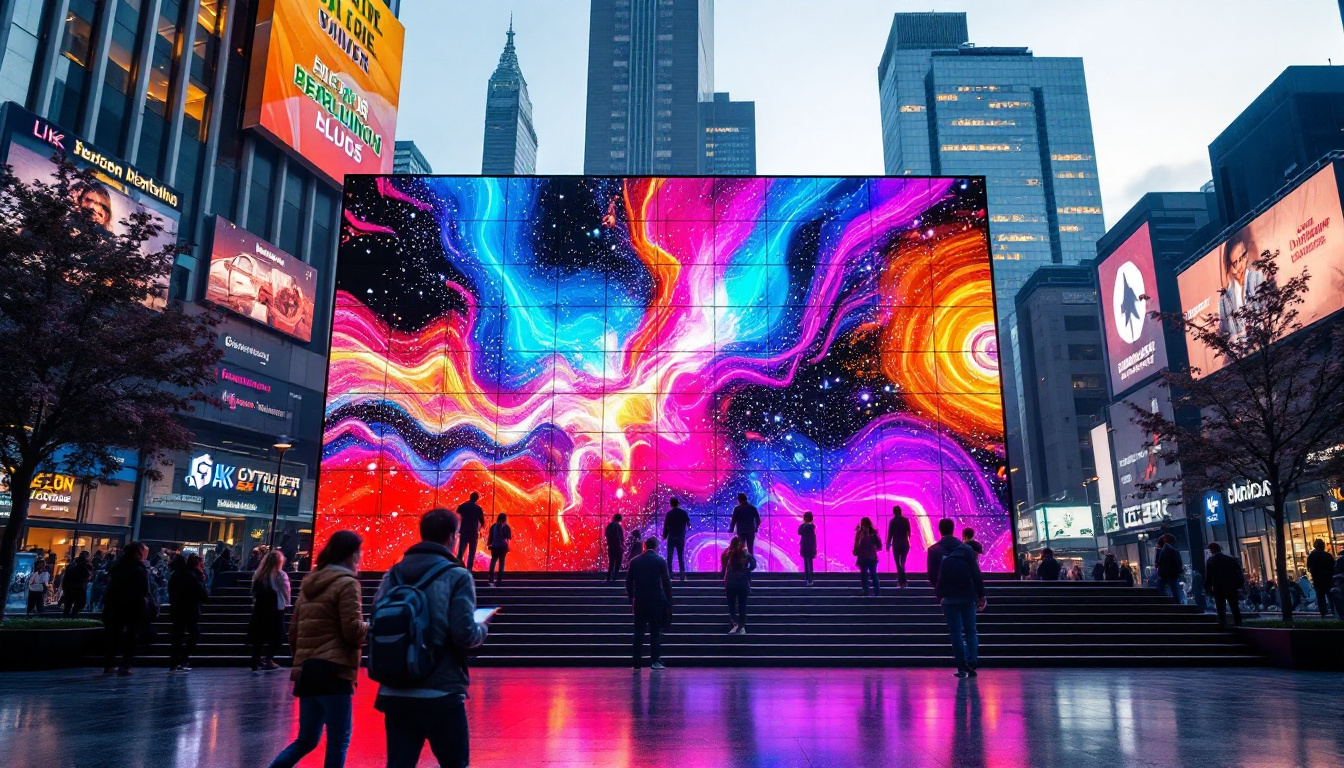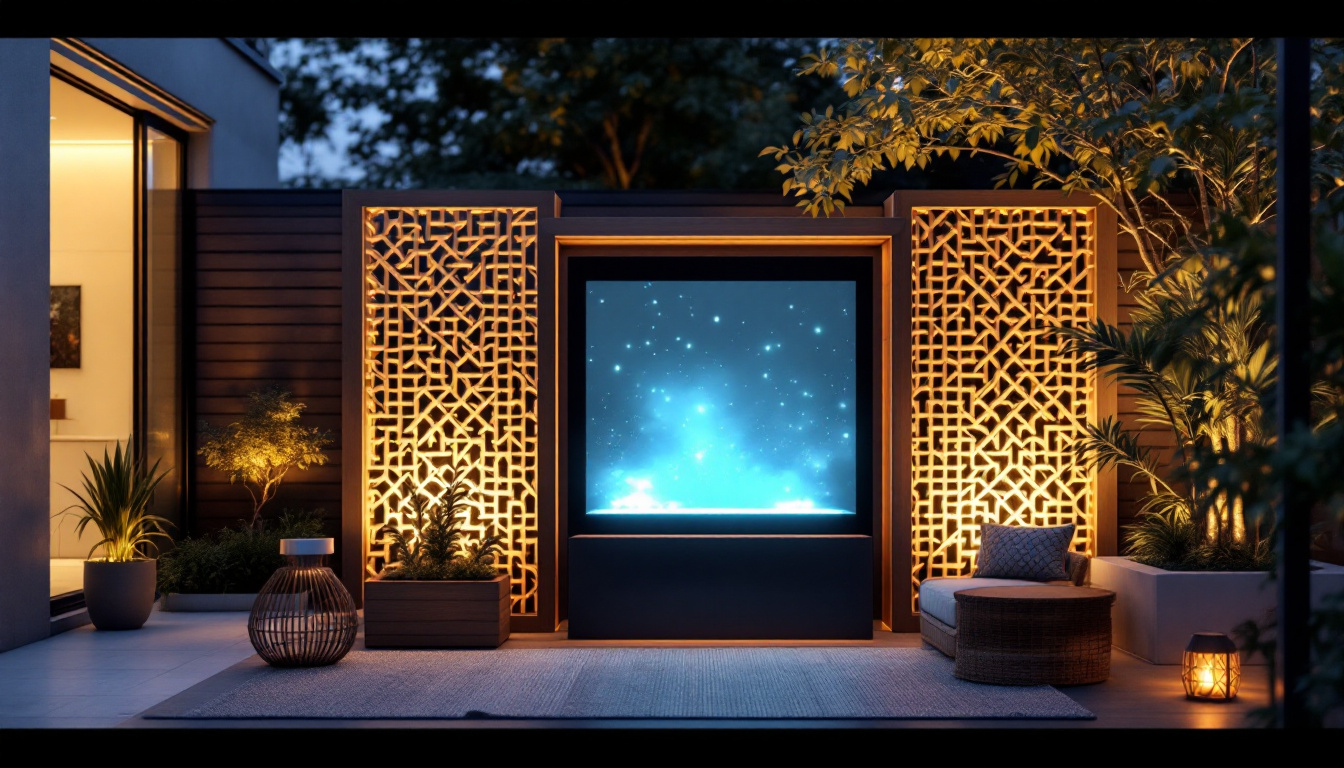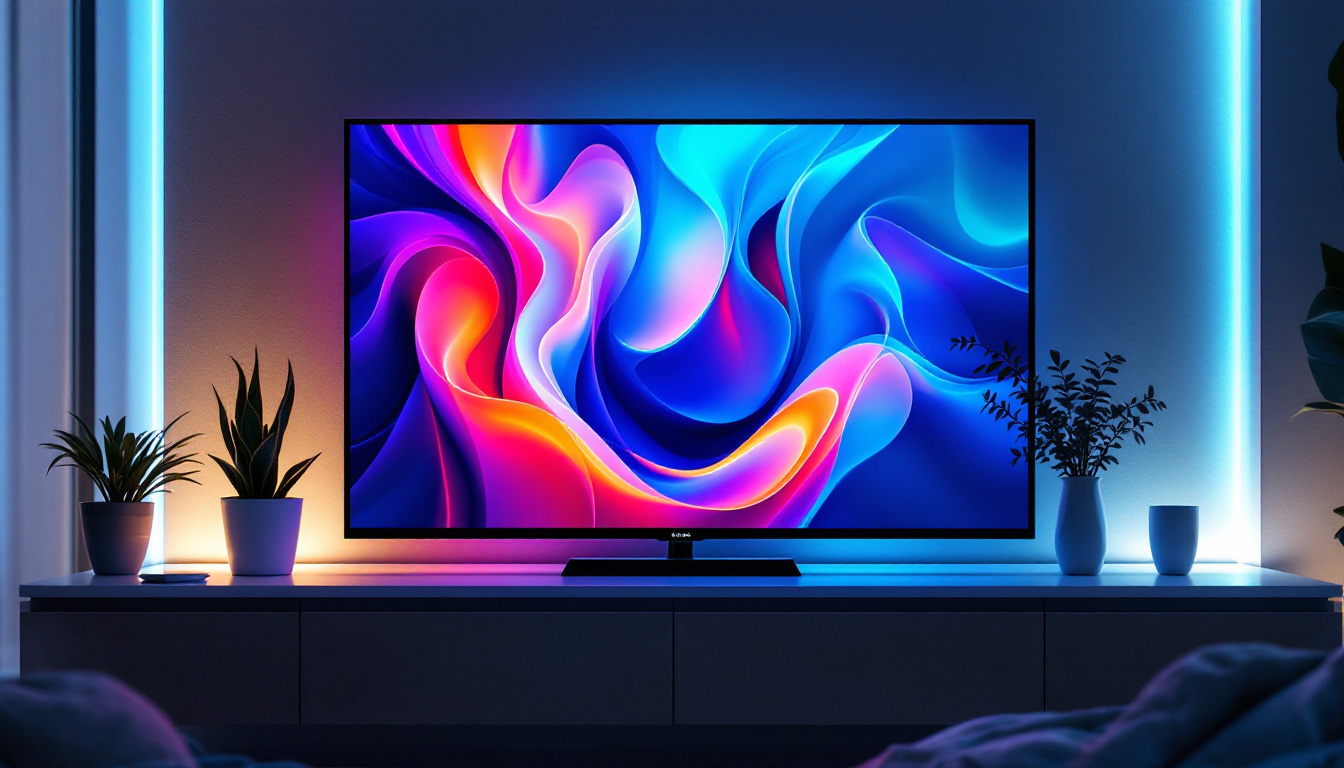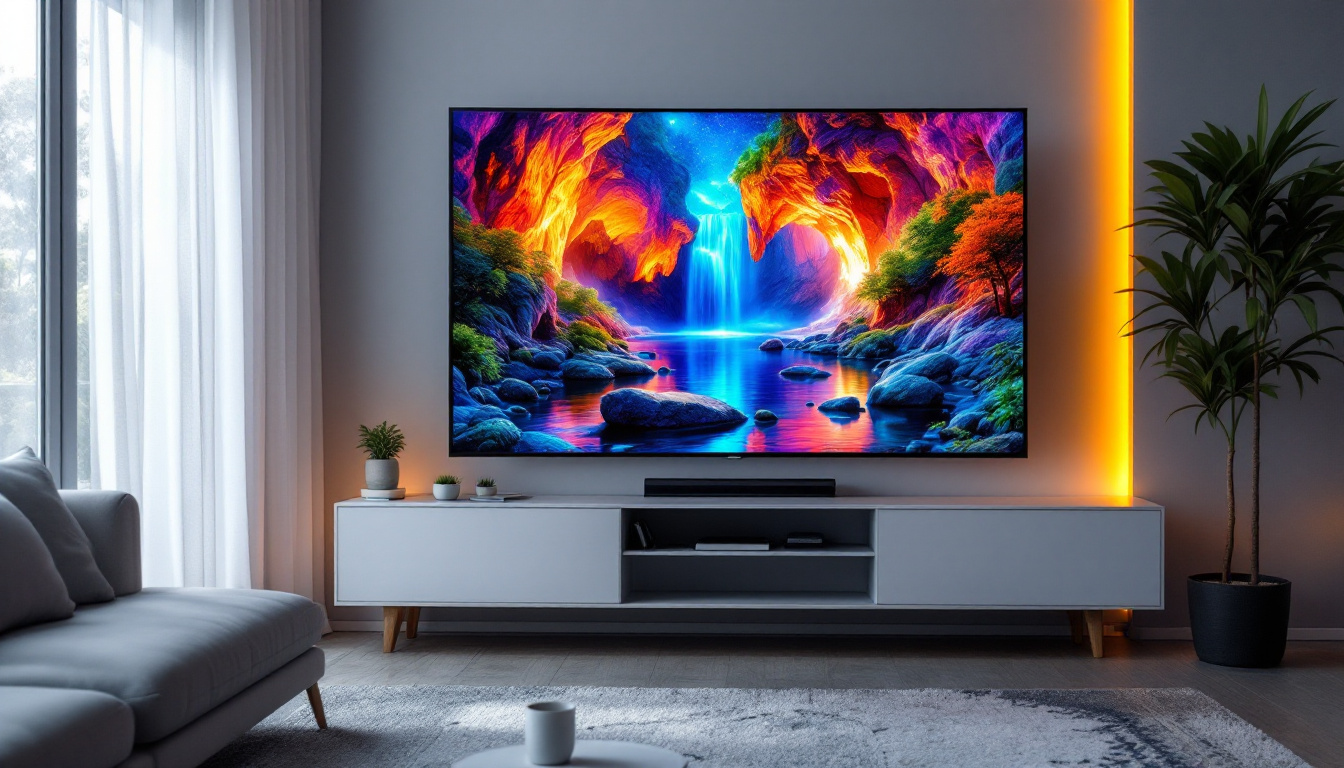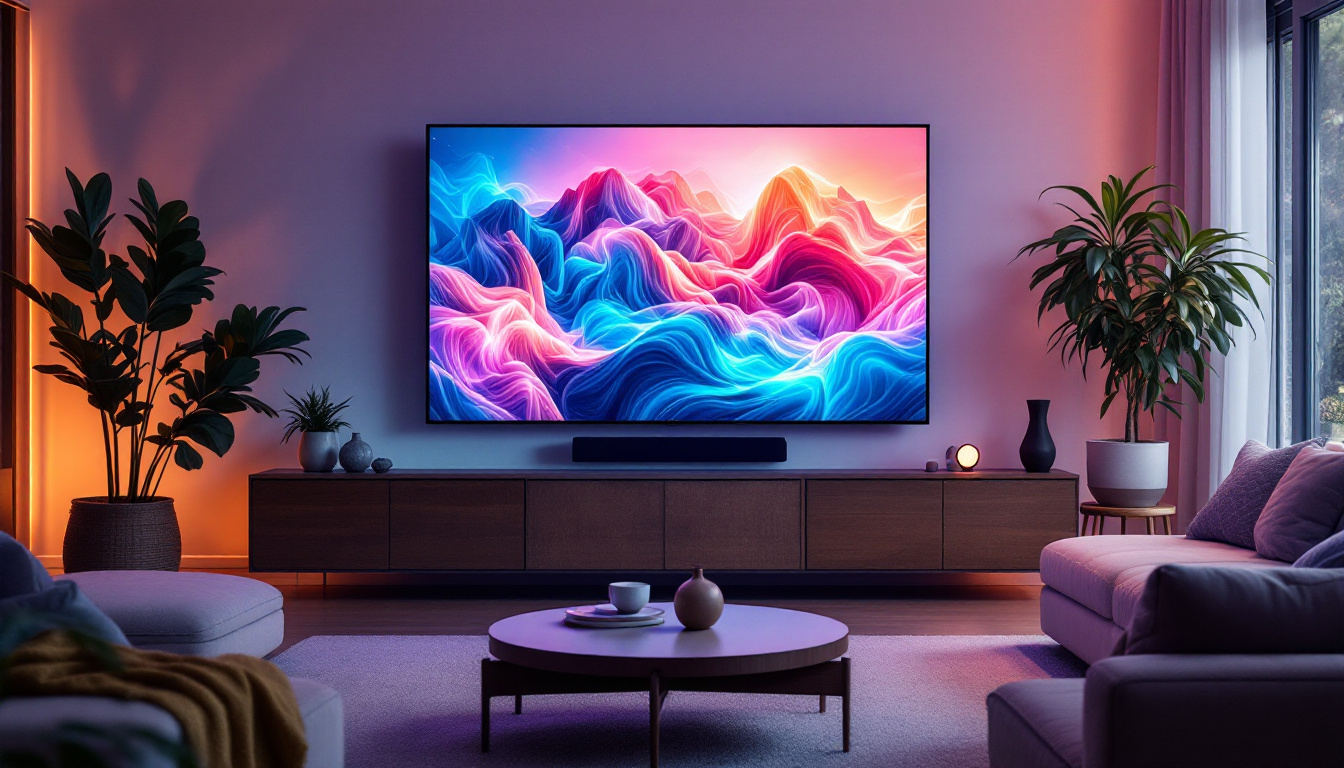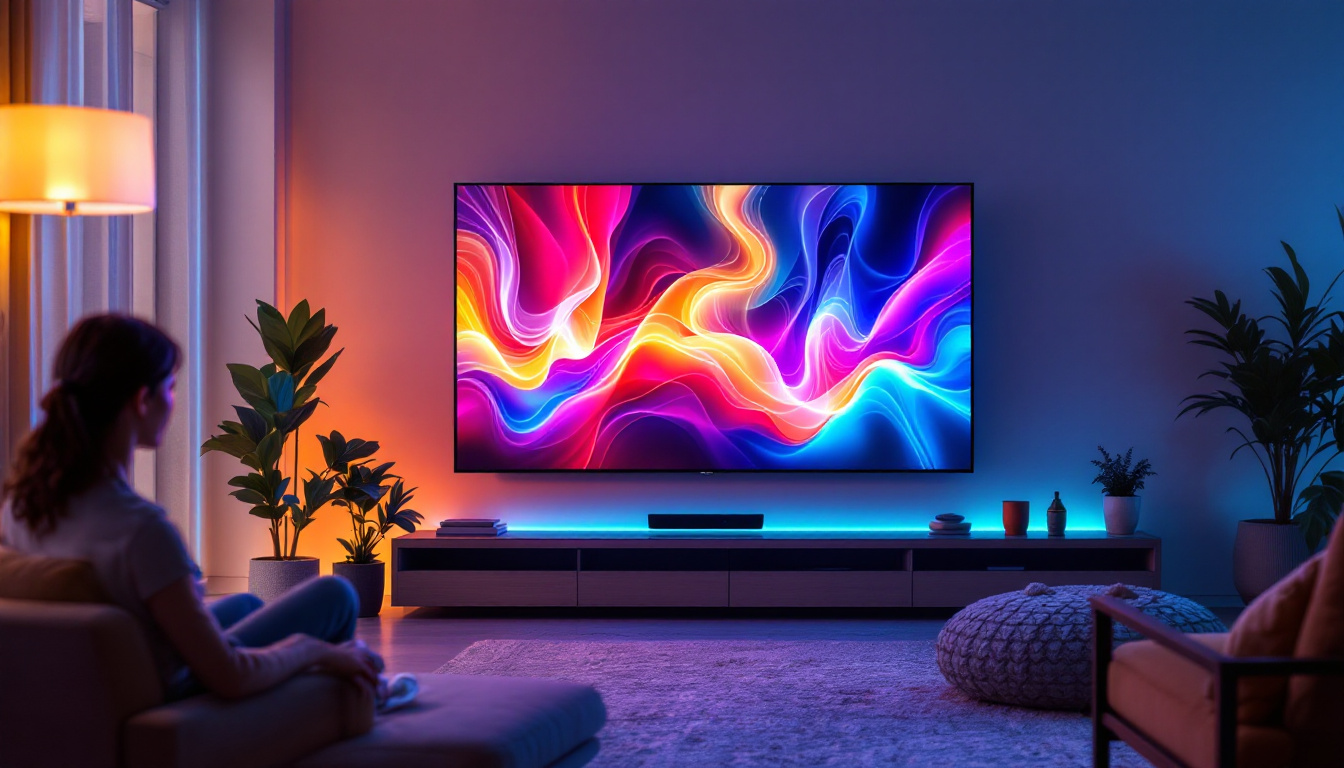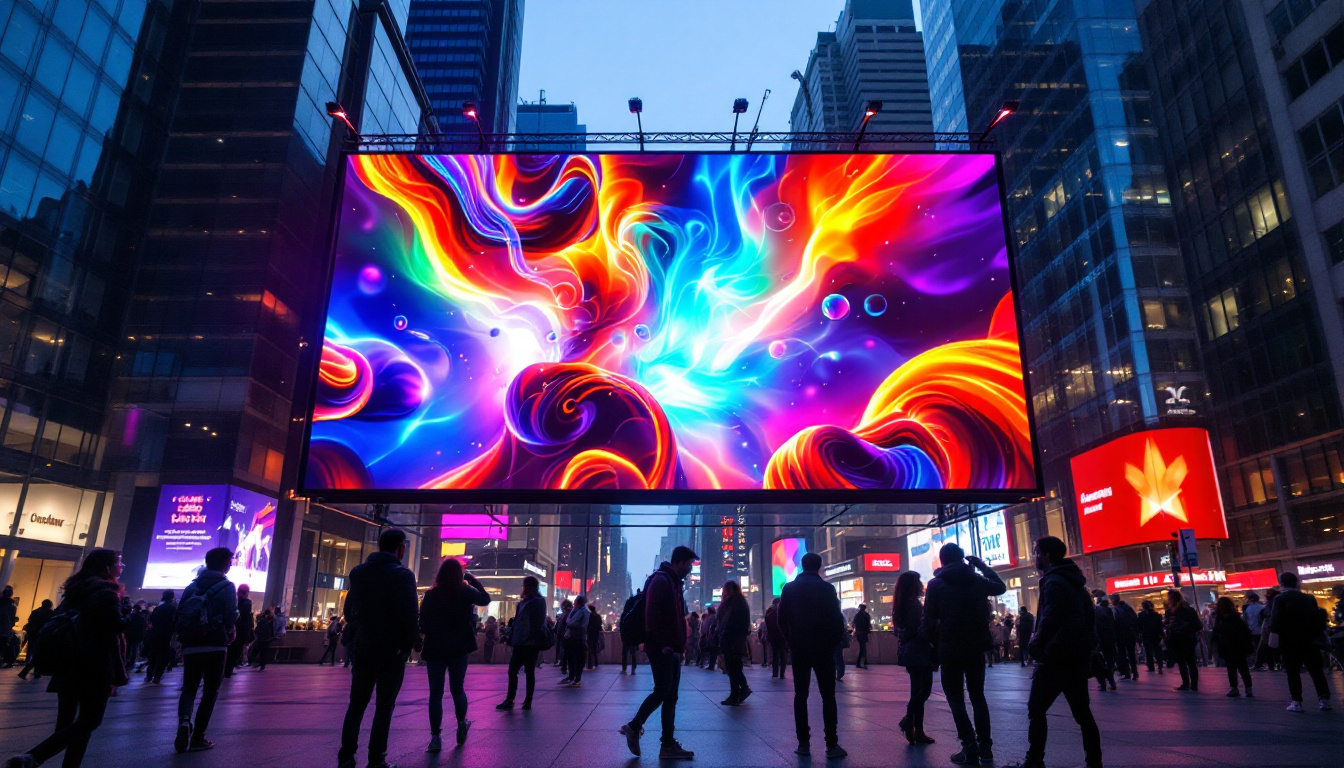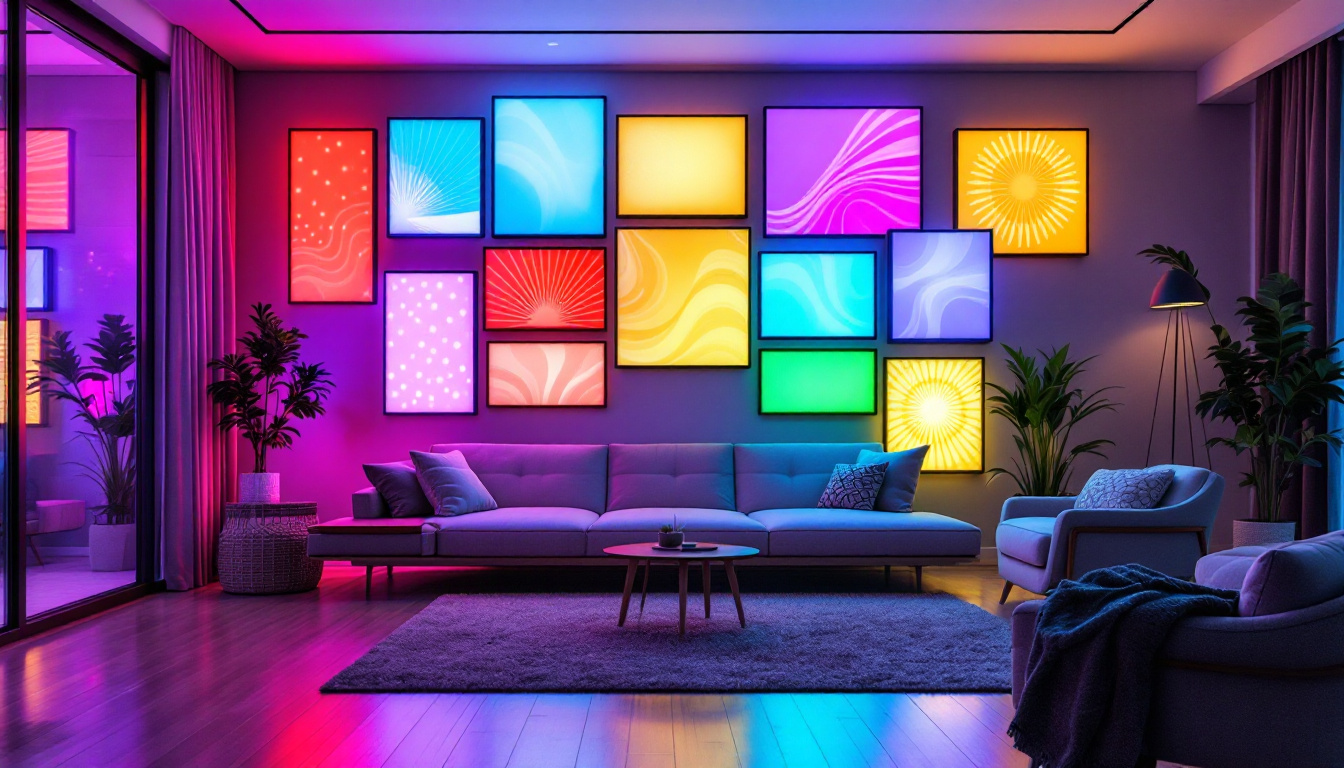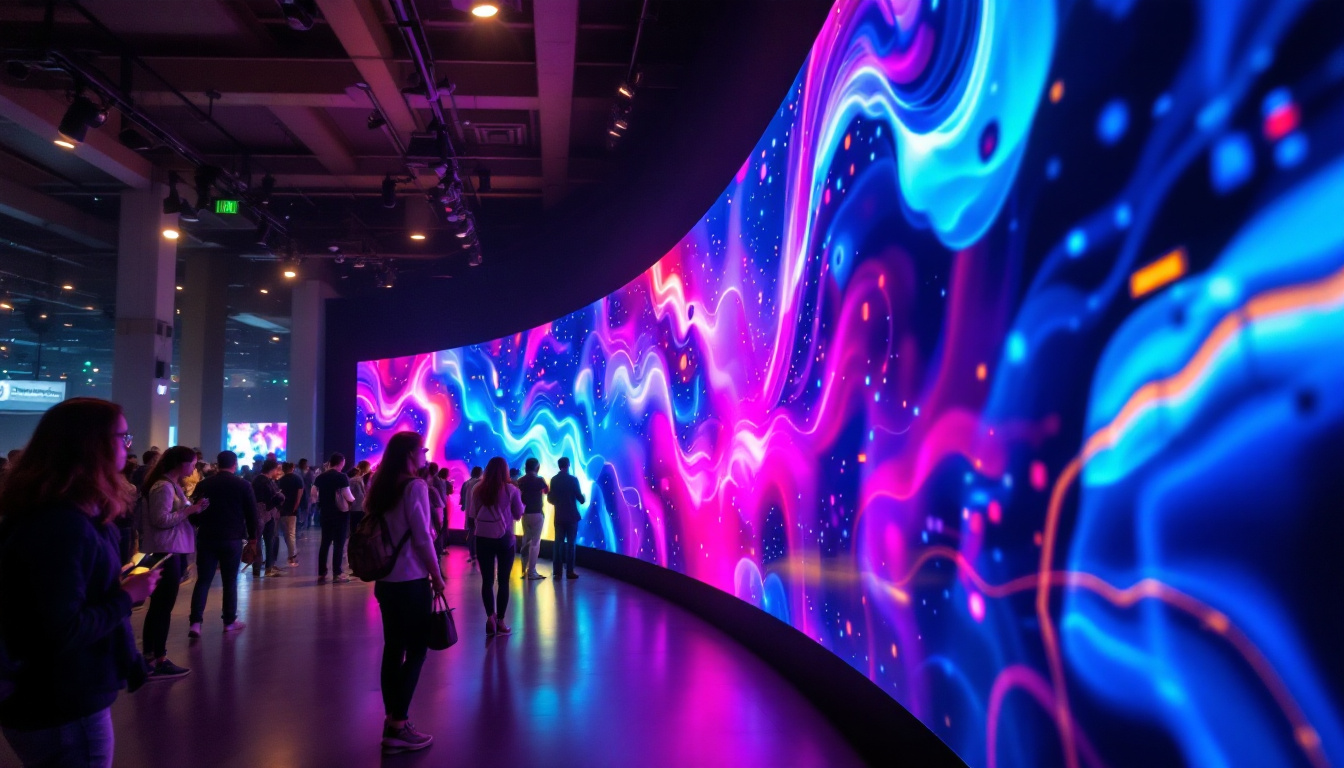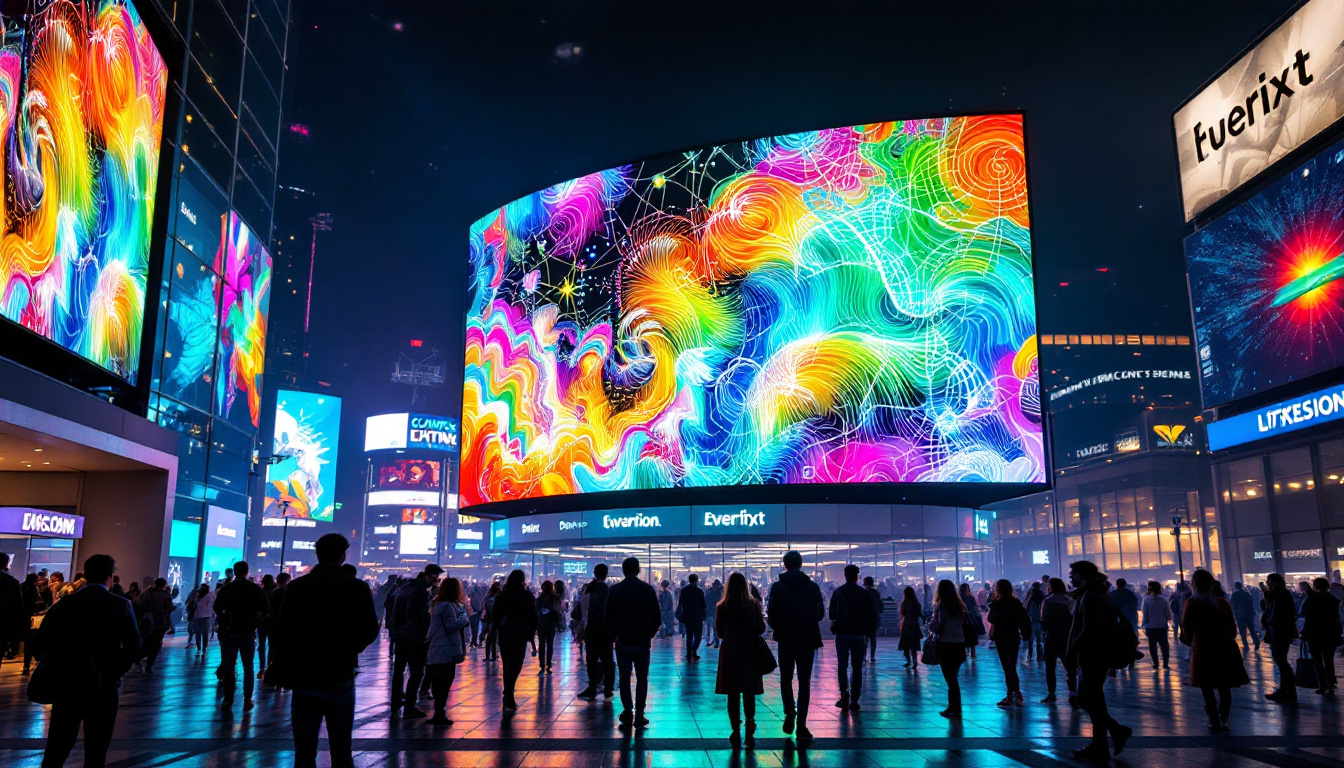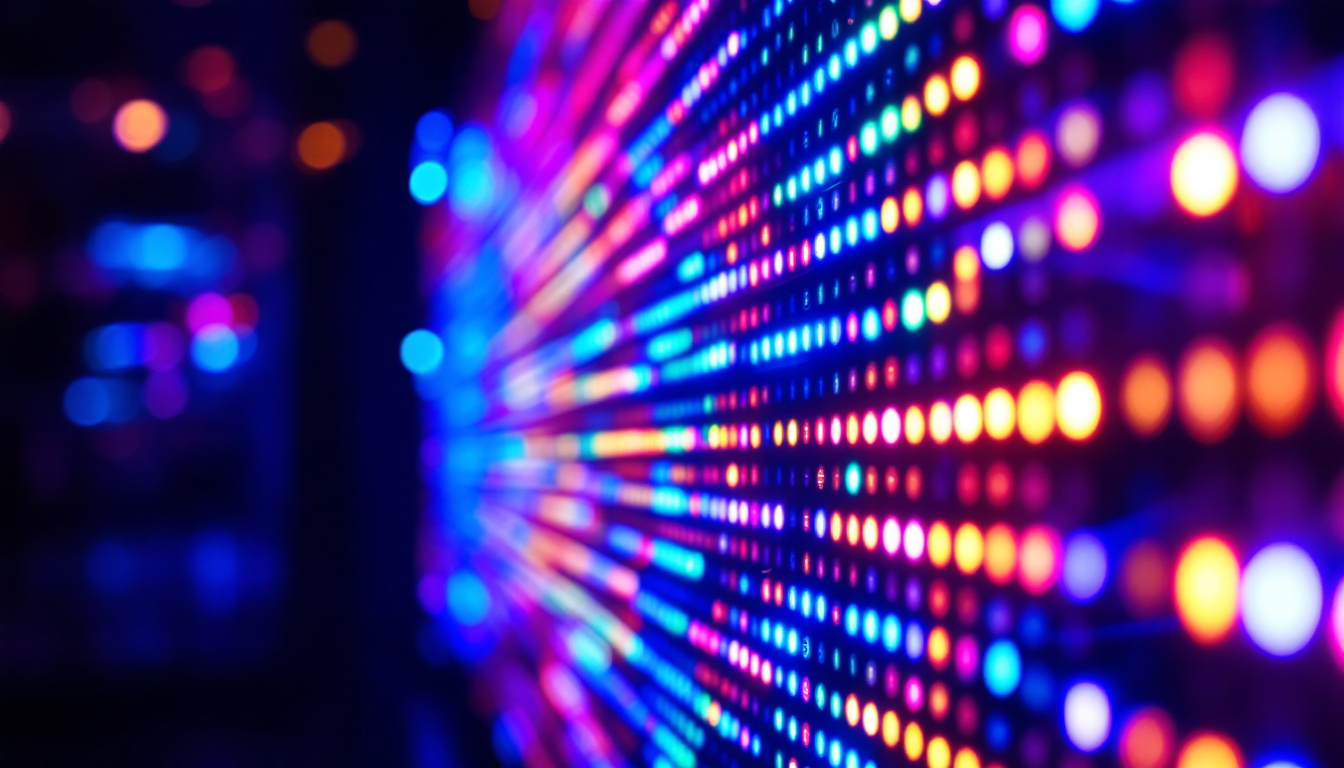The world of LED displays is vast and intricate, with numerous technical specifications that contribute to their performance and visual quality. Among these specifications, the lattice parameter plays a crucial role in determining the characteristics of the display. This article delves into what lattice parameters are, how they affect LED displays, and why they are essential for both manufacturers and consumers alike.
Understanding Lattice Parameters
Lattice parameters refer to the dimensions and arrangement of the unit cell in a crystalline structure. In the context of LED displays, this concept is vital for understanding how materials interact at the microscopic level, influencing overall display performance.
The Basics of Crystalline Structures
Crystalline structures consist of repeating units known as unit cells. These unit cells are defined by their lattice parameters, which include the lengths of the cell edges and the angles between them. In LED technology, the materials used for the semiconductor layers, such as gallium nitride (GaN) or indium gallium nitride (InGaN), have specific lattice parameters that dictate how they will behave electrically and optically.
The alignment of these materials at the atomic level can significantly impact the efficiency and color output of the LED. For instance, a mismatch in lattice parameters between layers can lead to defects that diminish performance, resulting in lower brightness or color accuracy. Furthermore, the ability to manipulate these parameters allows researchers to engineer materials with tailored properties, enhancing their functionality for specific applications in display technology.
Importance of Lattice Parameters in LED Manufacturing
In the manufacturing of LEDs, maintaining precise lattice parameters is critical. If the lattice parameters of the substrate and the active layers do not match closely, it can lead to dislocations and other defects. These imperfections can severely affect the LED’s performance, leading to issues such as reduced lifespan and efficiency.
Manufacturers often use techniques such as molecular beam epitaxy (MBE) or metal-organic chemical vapor deposition (MOCVD) to grow layers with specific lattice parameters. By controlling these parameters, they can optimize the performance of the LED, ensuring high-quality displays. Additionally, advancements in computational modeling have enabled engineers to predict how changes in lattice parameters will affect electronic properties, allowing for more precise design choices in the development of next-generation LED technologies. This synergy between experimental techniques and theoretical modeling is paving the way for innovations in display quality and energy efficiency.
Impact of Lattice Parameters on Display Quality
The quality of an LED display is influenced by various factors, including brightness, color accuracy, and energy efficiency. Lattice parameters play a significant role in determining these characteristics, making them a focal point for both developers and consumers.
Brightness and Efficiency
Brightness is one of the most critical factors for LED displays, especially in applications where visibility is paramount, such as outdoor signage or television screens. Lattice parameters influence the bandgap energy of the semiconductor materials used in LEDs. A well-matched lattice structure can enhance electron mobility, leading to higher efficiency and brightness.
When the lattice parameters are optimized, the recombination of electrons and holes occurs more efficiently, resulting in increased light output. Conversely, mismatched parameters can lead to non-radiative recombination, where energy is lost as heat rather than emitted as light, ultimately reducing brightness and efficiency.
Moreover, advancements in nanotechnology have allowed for the engineering of lattice structures at the atomic level, enabling the development of new materials that can further enhance brightness. For instance, quantum dots, which are semiconductor particles only a few nanometers in size, can be tailored to emit specific wavelengths of light. This innovation not only improves brightness but also allows for a wider range of colors, making displays more vibrant and engaging.
Color Accuracy and Range
Color accuracy is another essential aspect of LED displays that is directly affected by lattice parameters. The emission wavelength of an LED is determined by the bandgap energy of the semiconductor material, which is influenced by the lattice structure.
By carefully selecting materials with appropriate lattice parameters, manufacturers can create LEDs that emit specific colors with high precision. This is particularly important for applications such as digital signage and high-definition televisions, where accurate color reproduction is crucial for viewer experience.
Furthermore, the interplay between lattice parameters and temperature can also affect color accuracy. As temperature fluctuates, the lattice structure may expand or contract, altering the bandgap energy and, consequently, the emitted color. To mitigate these effects, advanced thermal management solutions are being developed, ensuring that LED displays maintain consistent color accuracy across varying environmental conditions. This attention to detail not only enhances user satisfaction but also extends the lifespan of the display by reducing thermal stress on the materials involved.
Challenges in Managing Lattice Parameters
While understanding and controlling lattice parameters is essential for producing high-quality LED displays, it is not without challenges. Various factors can complicate the process, impacting the final product’s performance.
Material Compatibility
One of the primary challenges in managing lattice parameters is ensuring material compatibility. When different materials are used in the construction of an LED, their lattice parameters must be closely matched to avoid defects. This can be particularly challenging when integrating new materials or technologies into existing manufacturing processes.
For instance, as new materials with superior properties are developed, manufacturers must carefully evaluate their lattice parameters to ensure they can be integrated without introducing defects that could compromise performance. The introduction of novel materials, such as perovskites, which have shown promise in enhancing efficiency, requires a thorough understanding of how their lattice structures interact with traditional semiconductor materials like gallium nitride (GaN) or indium gallium nitride (InGaN). The compatibility of these materials is not just a matter of matching dimensions; it also involves understanding how they respond to external stimuli, such as light and heat, which can alter their lattice parameters over time.
Temperature Variations
Temperature can also affect lattice parameters. As materials heat up or cool down, their lattice structure can expand or contract, potentially leading to misalignment between layers. This is particularly relevant in applications where LEDs are subjected to varying environmental conditions.
To mitigate these issues, manufacturers often conduct extensive testing to understand how their products behave under different temperatures. This knowledge allows them to design more robust LED displays that maintain performance across a range of conditions. Additionally, advancements in thermal management technologies, such as improved heat sinks and thermal interface materials, are being explored to help maintain optimal operating temperatures. By effectively managing heat dissipation, manufacturers can not only preserve the integrity of the lattice structure but also enhance the overall longevity and reliability of LED displays, ensuring they perform consistently even in challenging environments.
Future Trends in LED Technology and Lattice Parameters
The field of LED technology is continually evolving, with researchers and manufacturers exploring new materials and techniques to enhance performance. As this evolution continues, the role of lattice parameters will remain a critical area of focus.
Emerging Materials
As new semiconductor materials are developed, understanding their lattice parameters will be crucial for integrating them into existing LED technologies. Materials such as perovskites and quantum dots are gaining attention for their potential to revolutionize LED displays, offering improved efficiency and color range.
However, the successful implementation of these materials will depend on a thorough understanding of their lattice parameters and how they interact with traditional semiconductor materials. This will require ongoing research and collaboration between material scientists and LED manufacturers. Additionally, the exploration of organic light-emitting diodes (OLEDs) is also on the rise, with their unique properties allowing for flexible and lightweight designs. The combination of these emerging materials could lead to hybrid systems that leverage the strengths of each, potentially resulting in displays with unprecedented brightness and energy efficiency.
Advancements in Manufacturing Techniques
Advancements in manufacturing techniques are also likely to impact how lattice parameters are managed in LED displays. Techniques such as atomic layer deposition (ALD) and advanced epitaxial growth methods are being explored to achieve greater precision in layer thickness and composition.
These advancements could lead to more uniform lattice parameters across layers, resulting in improved performance and reliability in LED displays. As manufacturing processes become more sophisticated, the ability to control lattice parameters will be crucial for maintaining high-quality production standards. Furthermore, the integration of machine learning algorithms into the manufacturing process is set to enhance the precision of lattice parameter adjustments. By analyzing vast datasets, these algorithms can predict optimal conditions for growth and processing, potentially leading to breakthroughs in LED efficiency and longevity. This synergy between advanced manufacturing techniques and data-driven approaches could redefine the landscape of LED technology in the coming years.
Conclusion
In summary, lattice parameters are a fundamental aspect of LED display technology, influencing everything from brightness and color accuracy to manufacturing challenges and future advancements. A thorough understanding of these parameters is essential for manufacturers aiming to produce high-quality displays that meet consumer demands.
As the industry continues to evolve, the importance of lattice parameters will only grow, driving innovation and improvements in LED technology. By focusing on the microscopic details that define display performance, manufacturers can create products that not only meet but exceed expectations, enhancing the visual experience for users around the globe.
Explore Cutting-Edge LED Displays with LumenMatrix
Ready to experience the pinnacle of LED display technology? LumenMatrix is at the forefront of innovation, offering a diverse range of LED display solutions that bring your brand to life. From captivating Indoor LED Walls to dynamic Outdoor LED Displays, and from versatile Vehicle LED Displays to engaging LED Sports Displays, our products are designed to revolutionize visual communication. Embrace the future with our Custom LED Displays, All-in-One LED Displays, and groundbreaking LED Transparent Displays. Check out LumenMatrix LED Display Solutions today and transform how you connect with your audience.





